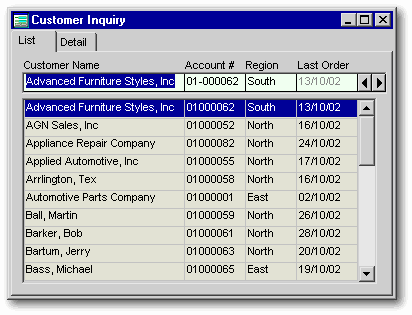
Some have boosted profits during the pandemic. While Australia is in its first recession in almost three decades, not all businesses are struggling. "And that means up to 40,000 fewer jobs," he said. Mr Coates said that would likely push the unemployment rate 0.1 to 0.15 per cent higher than if the current $75 a week supplement were kept. "Cutting unemployment benefits by $50 a week will take about $5 billion out of the economy in the coming year." "That's money in the pockets of Australian businesses, big and small. "In January this year, 80 per cent of people receiving the Coronavirus Supplement said they were spending it on household bills and supplies, including groceries.

"JobSeeker is one of the best forms of fiscal stimulus there is: unemployed people are likely to spend all, or at least most, of what they receive. "Hardly a meaningful disincentive to work," he wrote. Mr Coates said even if the $75-a-week Coronavirus Supplement to JobSeeker was to remain in place, the overall level of JobSeeker would still be worth just half the national minimum wage. Little evidence retaining the Coronavirus Supplement will hurt employment "When the maximum rate of the Coronavirus Supplement was briefly in force in 2020, Australia moved to around the OECD average," Professor Whiteford wrote this week. Peter Whiteford from the Crawford School of Public Policy at the Australian National University, who is a leading expert on Australian social policy, says the changes will take Australia's pre-pandemic unemployment payments from the lowest in the OECD to the second-lowest, after Greece. The unemployment benefit, in inflation-adjusted 2020 dollars, has fallen further and further below the poverty line. That means that, overall, people receiving JobSeeker payments will see their unemployment benefits cut by $50 a week from where they are at the moment.

However, at the same time, his government will be abolishing the $75-a-week Coronavirus Supplement to JobSeeker. Prime Minister Scott Morrison says the new baseline rate will make it equivalent to 41.2 per cent of the national minimum wage. "Cutting unemployment benefits in the middle of a recession is likely to cost jobs, rather than create them." Federal government to cut unemployment benefits next monthįrom April 1, the federal government will be increasing the baseline rate of JobSeeker by $25 a week (or $3.57 a day).

"If the federal government really wants to get more Australians working, it should think again," said Brendan Coates, household finance program director at the Grattan Institute. It said it would likely push the unemployment rate higher by 0.1 to 0.15 per cent, because of the hit to spending. The Grattan Institute think tank says the government's decision to cut unemployment benefits on April 1 will suck about $5 billion out of the economy in the coming year.


 0 kommentar(er)
0 kommentar(er)
